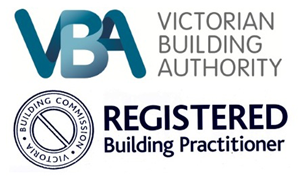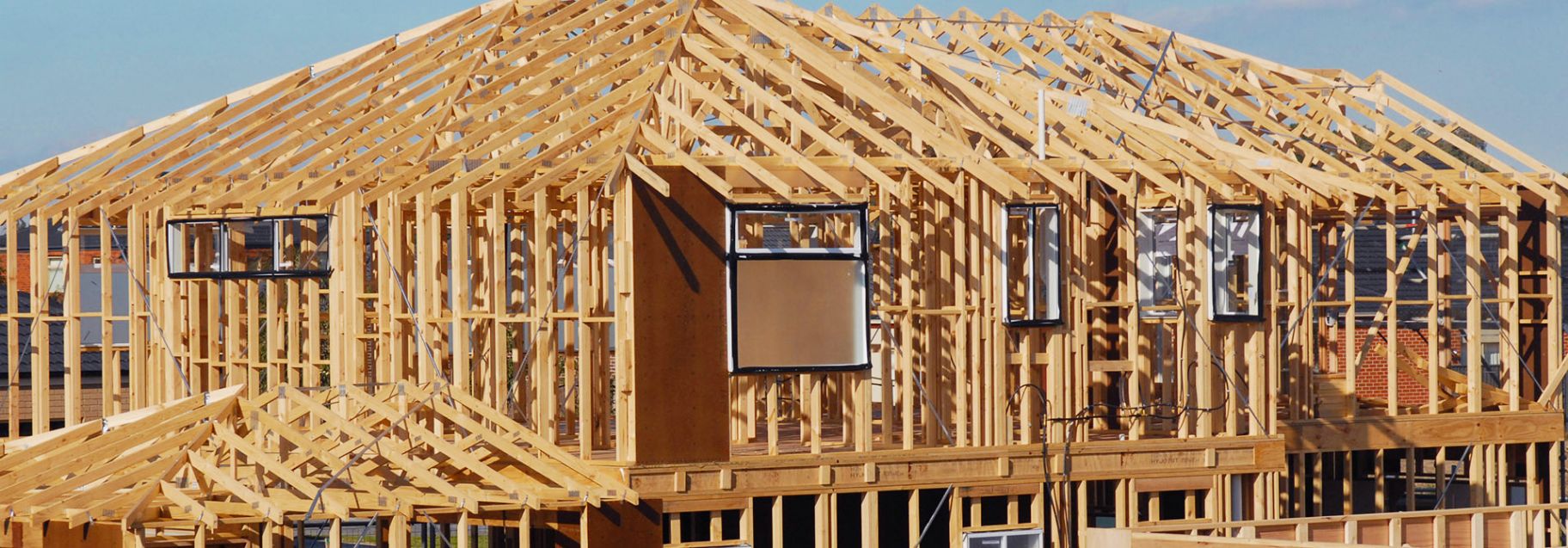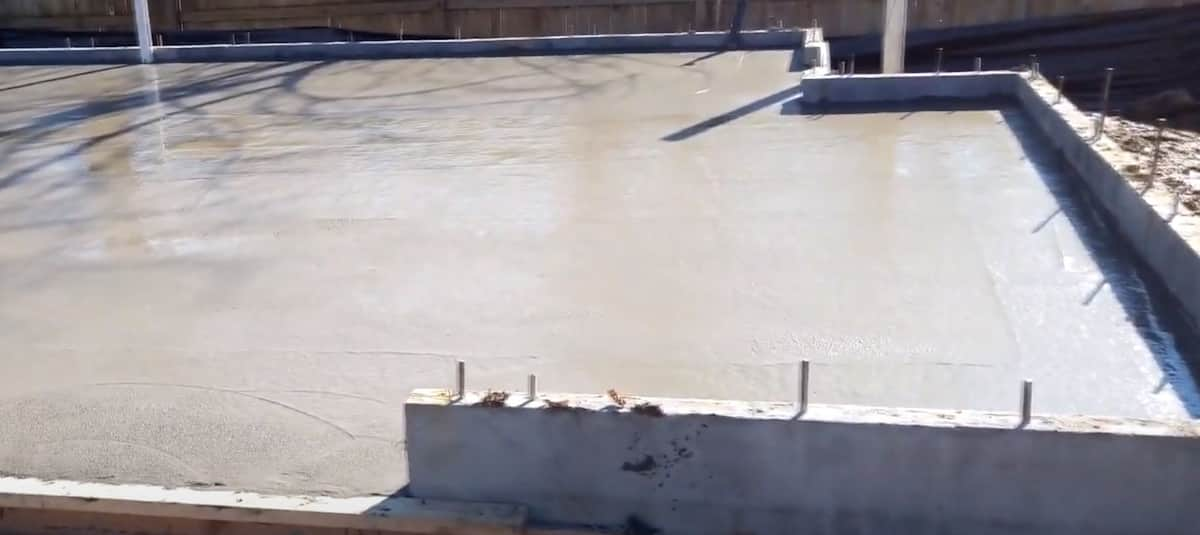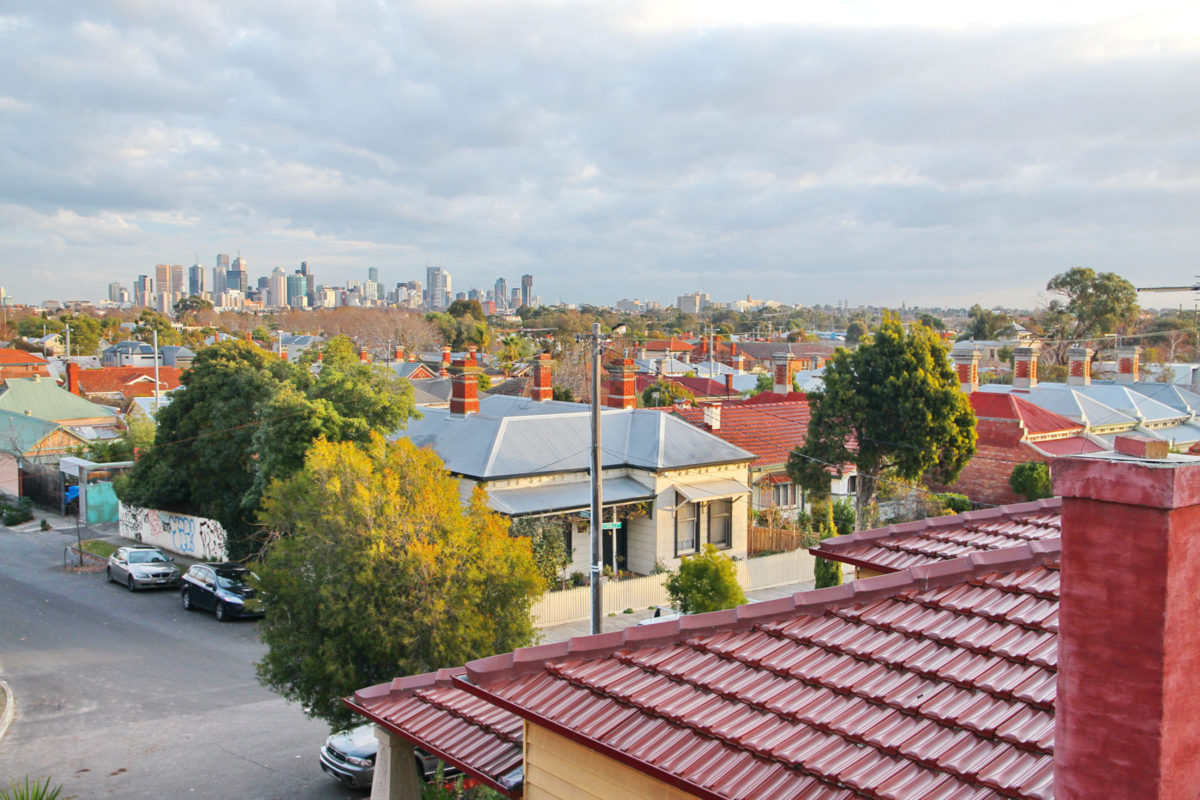What Exactly Does Framing Structure Mean?
Framing structure refers to the skeleton of a building, typically made of wood or steel, that provides the structure and shape of the house/building. It serves as the framework to which walls, floors, and roofs are attached, essentially forming the outline of the building. The purpose of framing is to support the weight of the building, ensuring that it is structurally sound and able to withstand external forces such as wind, snow, and earthquakes.
Benefits of Framing Structures
- Stability and Strength: Framing provides the necessary strength and stability to a building, ensuring it can stand firm under various conditions.
- Design Flexibility: Framing allows for a variety of architectural designs, offering flexibility in the layout and style of the building.
- Efficiency: Modern framing techniques are efficient and can be quickly assembled, reducing construction time and costs.
- Support for Insulation and Finishes: The frame supports the installation of insulation, drywall, and exterior finishes, contributing to the overall energy efficiency and aesthetics of the building.
Understanding the Different Types of Framing Structure Systems
Here are some of the most common types for Framing Structure Systems:
Rigid Frame System
- Features: This type of frame system uses beams and columns connected by rigid joints, which resist bending and provide strong lateral support.
- Common Usage: Often used in industrial buildings and warehouses due to its ability to support large spans without internal supports.
- Why: The rigidity of the connections allows the frame to handle heavy loads and resist movement, making it ideal for large, open spaces.
Braced Frame System
- Features: Utilizes diagonal bracing to enhance the stability of the frame, particularly against lateral forces like wind and earthquakes.
- Common Usage: Frequently used in high-rise buildings and structures in earthquake-prone areas.
- Why: The bracing provides additional strength and stability, helping the structure withstand lateral movements.
Gabled Structural Frames
- Features: These frames have a triangular shape at the top, commonly known as a gable, which provides extra support to the roof.
- Common Usage: Widely used in residential homes, particularly in areas with heavy snow loads.
- Why: The gable shape helps in shedding snow and rainwater efficiently, reducing the risk of roof collapse.
Portal Structural Frames
- Features: Consist of a pair of vertical columns and a horizontal beam, forming a portal-like shape. These frames are designed to resist lateral forces.
- Common Usage: Common in smaller buildings and single-story structures.
- Why: Portal frames are easy to construct and provide sufficient support for smaller structures, making them cost-effective.
Light Frame Structure
- Features: Uses small, closely spaced members, typically made of wood or steel, to form the frame of the building.
- Common Usage: Predominantly used in residential construction, especially in single-family homes.
- Why: Light frame structures are easy to assemble, cost-effective, and offer good flexibility for various designs.
Keys to Selecting the Best Frame Structure for Your Property
When selecting the best frame structure for your property, consider the following factors:
- Building Purpose
- Choosing the right frame based on the building’s purpose ensures it can handle the specific loads and stresses it will encounter, prolonging the structure’s lifespan.
- Climate and Environmental Conditions
- Selecting a frame that suits the local climate can prevent structural damage from natural elements like wind, snow, or earthquakes, saving on repair costs in the long run.
- Budget Constraints
- Understanding your budget helps you select a frame that meets your financial capacity while still providing the necessary structural integrity, avoiding overspending.
- Material Availability
- Choosing readily available materials reduces construction time and costs, ensuring the project stays on schedule and within budget.
- Architectural Design Requirements
- The frame should align with the desired architectural design, ensuring that the final structure meets both aesthetic and functional goals, increasing property value.
Framing Structure Cost Guides
The cost of framing structures can be influenced by several major factors:
- Material Costs
- The type of material used (e.g., wood, steel, concrete) significantly affects the overall cost. Premium materials like steel are more expensive but offer greater durability and strength.
- Labor Costs
- Labor costs can vary depending on the complexity of the frame, the skill level required, and the local labor market. More complex designs may require specialized labor, increasing costs.
- Building Size and Complexity
- Larger and more complex buildings require more materials and labor, leading to higher costs. The need for additional supports or custom designs can further increase expenses.
- Geographical Location
- Costs can vary by region due to differences in material availability, labor rates, and local building codes. Areas with higher living costs generally have higher construction costs.
- Design and Engineering Requirements
- Custom designs or structures requiring special engineering (e.g., to withstand seismic activity) can increase both material and labor costs, as they require additional planning and expertise.
- Permits and Regulations
- Complying with local building codes and obtaining the necessary permits can add to the overall cost. In some areas, additional inspections or certifications may be required, further increasing expenses.
By understanding these factors, property owners can make informed decisions about the type of framing structure that best suits their needs and budget.
Tips to Minimize Costs for Framing Structures
Follow these tips in order to cut the costs for your framing structures.
Opt for Cost-Effective Materials
-
- Tip: While premium materials like steel offer durability, consider using more affordable options such as engineered wood or metal studs. These materials provide a balance of strength and cost-efficiency.
- Benefit: Reduces overall material costs without compromising the structural integrity of the building.
Hire Local Labor
-
- Tip: Hiring local labor can help reduce transportation costs and ensure that the workers are familiar with local building codes and practices.
- Benefit: Lowers labor costs and minimizes the risk of delays caused by unfamiliarity with regional regulations.
Simplify the Building Design
-
- Tip: Simplifying the design by opting for a more straightforward frame structure can reduce both material and labor costs. Avoiding complex shapes or custom designs can also save money.
- Benefit: Decreases the amount of material required and shortens construction time, leading to overall cost savings.
Purchase Materials in Bulk
-
- Tip: Buying materials in bulk can often lead to discounts from suppliers. Plan ahead to purchase all necessary materials at once to take advantage of bulk pricing.
- Benefit: Reduces per-unit costs and minimizes the need for multiple deliveries, which can also save on transportation expenses.
Choose Materials with Local Availability
-
- Tip: Selecting materials that are readily available in your area can significantly cut down on transportation and delivery costs.
- Benefit: Ensures a steady supply of materials and prevents delays caused by waiting for special orders, reducing overall construction time.
Schedule Efficiently to Avoid Overtime
-
- Tip: Properly planning and scheduling the construction process can help avoid unnecessary overtime costs. Ensure that materials and labor are coordinated to prevent downtime or rushed work.
- Benefit: Keeps labor costs under control and ensures the project stays on budget by avoiding last-minute changes or delays.
Incorporating these cost-saving strategies can help you manage your budget more effectively while still achieving a high-quality framing structure for your property.







